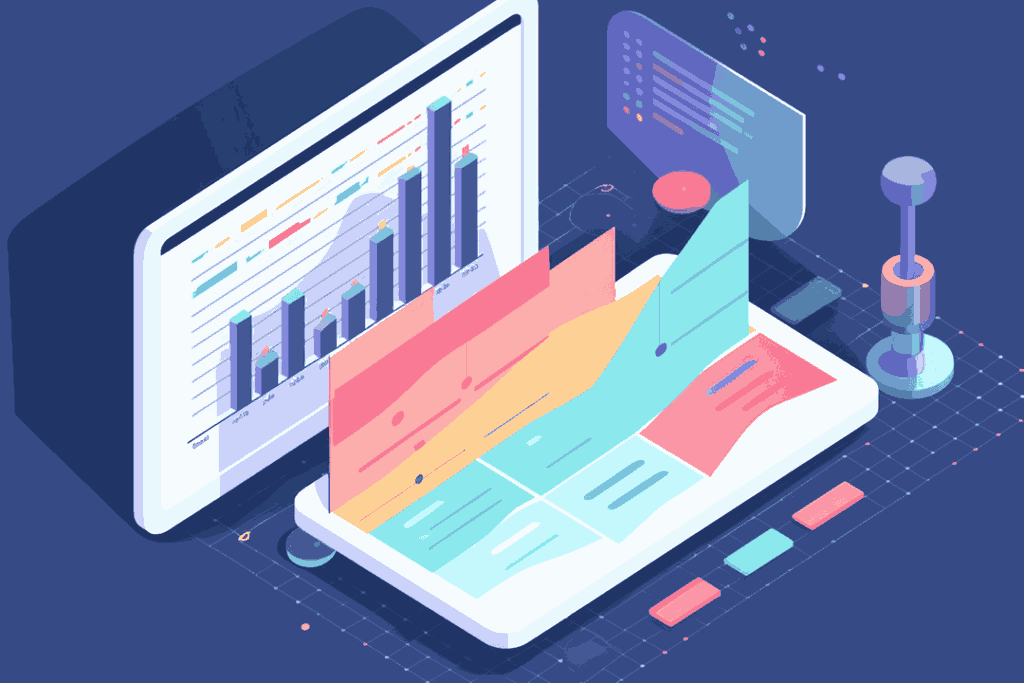If you want customers to spend more without raising prices, average items per order is the number to watch. It’s one of the fastest ways to grow revenue — and most stores ignore it.

There’s no perfect number. But if your AIO (average items per order) is 1.2 or lower, you’re likely leaving money on the table.
Why Average Items Per Order Matters
This number tells you a lot more than how much people buy. It shows you how your store flows.
- Do customers find what they need — and then stop?
- Do they get shown relevant items at the right moment?
- Are your product pages encouraging exploration?
The average items per order metric is like a mirror. If it’s low, it means something is broken in your customer experience — even if your sales look fine.
What Low AIO Might Be Telling You
A low average could signal deeper issues:
- Your products are too isolated — they don’t naturally lead into others
- Your layout hides related items instead of guiding customers to them
- You’re not bundling or offering add-ons clearly
- There’s friction in your cart or checkout experience
- Your audience doesn’t know what goes well together
You can spot all of this by tracking unit-level sales trends. The Total Items Sold Report is often where stores first notice these patterns. A strong product with weak pairing behavior is a clear opportunity.
How to Increase Average Items Per Order
1. Group Your Products Better
Most stores list products by type: “Shirts,” “Mugs,” “Candles.” But customers don’t always shop that way.
Create small, focused bundles or “starter sets” around a goal. Think “Evening Relaxation Kit” or “Coffee Setup for Two.” It helps customers discover more products with less effort.
2. Show Related Items at the Right Time
Your “You May Also Like” section shouldn’t be a random carousel. It should show items that people frequently buy together — or at least use together.
Use real data to identify combinations that actually sell, not just what’s in the same collection. By the Numbers helps surface these based on actual order patterns.
3. Offer Smart Upsells Before Checkout
Before your customer clicks “Buy,” ask yourself: what small add-on could improve this purchase?
- Buying a French press? Offer a $6 coffee scoop.
- Buying a planner? Show pens and sticky tabs.
- Buying skincare? Recommend a travel pouch.
These add-ons don’t need a deep discount — just good timing and placement.
4. Test Multi-Pack and Tiered Offers
Let customers “buy more to save more.” Offer pricing like:
- 1 for $15
- 2 for $25
- 3 for $33
It encourages people to buy multiple units without needing to think hard. A single reminder at the product or cart level is often enough.
5. Analyze What People Actually Buy Together
One of the simplest ways to improve AIO is to let your customers tell you what works. Look at past orders.
Do people always buy a phone case with a charger? Start bundling them. Do they ignore your “Frequently Bought Together” suggestions? Rework them.
If you’re not sure where to start, the Total Items Sold Report makes it easy to view SKU-level data, find pairings, and improve recommendations.

By the Numbers
Empower your business with our Shopify Data Driven App

- ✔ Know Your Audience Behavior
- ✔ Deep Customer Segmentation
- ✔ Retarget With Integrations
- ✔ All The KPIs & Reports You Need
Use AIO to Spot Healthy and Unhealthy Patterns
Here’s a quick breakdown:
- High AIO (2.0+) with strong margins? Great — build bundles and loyalty flows.
- High AIO with low profit? Might mean customers are only buying when discounts are too steep.
- Low AIO (1.1 or less)? Time to examine your customer journey, bundles, layout, and item positioning.
AIO shouldn’t be treated as a vanity number. It’s one of the best early signs of product health — or product friction.
What Matters Most
Raising your average items per order doesn’t take new products. It takes better presentation, smarter flow, and cleaner data.
Once you start tracking item-level sales and looking for patterns, you’ll see more ways to improve every part of your store — not just your numbers.
READY TO TAKE YOUR BUSINESS TO THE NEXT LEVEL?
Get a free demo by a Shopify data expert and see what all the fuss is about!
Or get started with a Start A Free Trial




